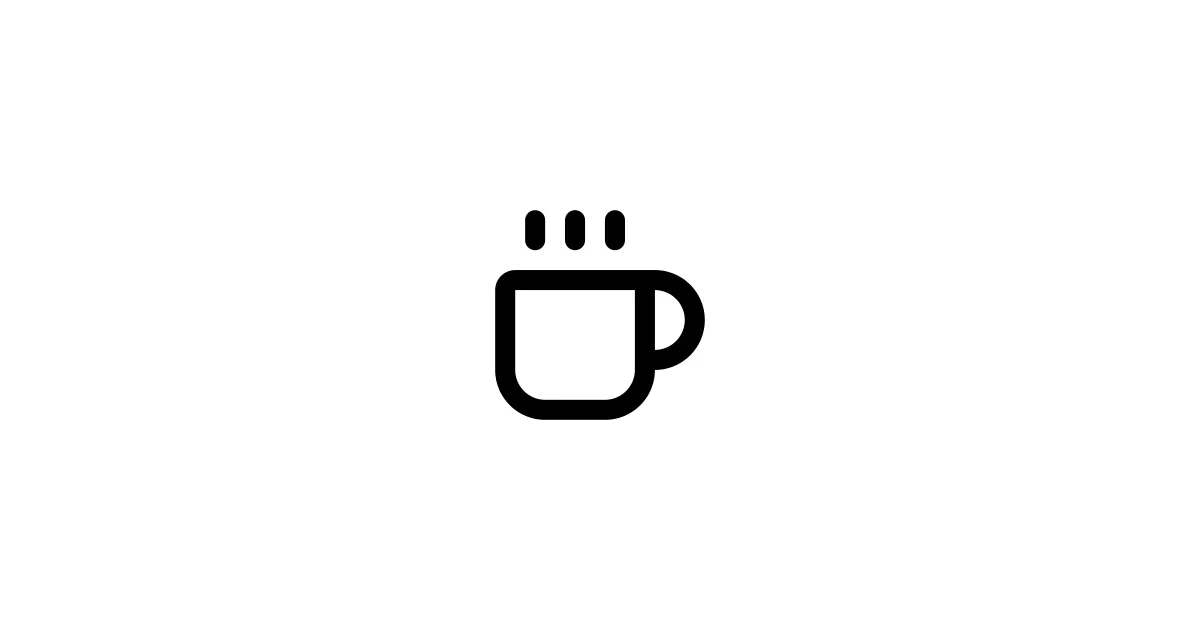TeaCache is a powerful optimization technique that can significantly reduce generation time in ComfyUI workflows by caching intermediate results. In this guide, I’ll explain how TeaCache works, why it matters, and how to set it up in ComfyUI.
🔍 What is TeaCache?
TeaCache is a caching system built for Stable Diffusion pipelines. Here’s how it works: it stores intermediate tensors (like latent noise or model outputs) in GPU memory or RAM. When the same step is needed again, ComfyUI just retrieves the cached result instead of recalculating everything from scratch.
Unlike normal VRAM optimizations, TeaCache actually reduces computation time, not just memory usage — which is pretty cool.
⚡ Why Use TeaCache in ComfyUI?
TeaCache dramatically improves generation speed in ComfyUI by eliminating redundant processing steps. Instead of recomputing the same model operations frame by frame or node by node, ComfyUI can just reuse cached outputs from earlier steps — it’s like having a really good memory.
✅ Key Benefits:
- Faster Image & Animation Rendering – Especially useful for video workflows and batch image generation
- Lower GPU Workload – Reduces unnecessary calculations, keeping VRAM usage efficient
- Ideal for Iterative Testing – When tweaking prompts or settings, cached nodes don’t need to be recalculated
For example, users on Reddit reported that enabling TeaCache reduced 100-frame animations from 15 minutes to under 5 minutes, especially when paired with efficient schedulers like LCM. That’s a pretty significant speed boost.
⚙️ How TeaCache Works
Let me break down how TeaCache actually works: it saves intermediate tensors generated during a Stable Diffusion workflow. Instead of running the same model step again (like CLIP encode, UNet denoise, or VAE decode), TeaCache just loads the saved data directly from memory or disk — way faster than recalculating everything.
Normal Workflow:
TEXT → CLIP Encode → Latent Noise → Denoise → VAE DecodeWith TeaCache:
TEXT → CLIP Encode (Cached ✅) → Latent Noise → Denoise (Cached if same) → VAE Decode ✅This can reduce time per frame from 2–3 seconds to less than 1 second in some workflows — not bad, right?
This makes TeaCache especially useful for:
- Animation workflows (frame-by-frame generation) — this is where it really shines
- Looped nodes in ComfyUI
- High-resolution image upscaling
- Workflows using ControlNet or IPAdapter multiple times
🛠 How to Install TeaCache in ComfyUI
Setting up TeaCache in ComfyUI is pretty straightforward and works on both Windows and Linux — shouldn’t take you more than a few minutes.
✅ Method 1: Install via Git (Recommended)
cd ComfyUI/custom_nodesgit clone https://github.com/welltop-cn/ComfyUI-TeaCache.git✅ Method 2: Manual Download
- Go to the TeaCache GitHub page
- Download the ZIP file
- Extract and place it into the
ComfyUI/custom_nodes/folder
🚀 Enable TeaCache in ComfyUI
Once installed:
- Restart ComfyUI
- TeaCache-specific nodes (such as
TeaCache Loader,TeaCache Save, etc.) will appear in the node search menu - You can now use them to cache and reload parts of your workflow automatically
📈 Performance Gains with TeaCache
While results depend on workflow complexity, GPU, and resolution (your mileage may vary), most users report significant improvements:
| Workflow Type | Without TeaCache | With TeaCache | Improvement |
|---|---|---|---|
| Single image generation | Normal speed | Minimal change | ~0–5% |
| Multi-frame animation | 2× slower | ✅ 30–70% faster | Significant |
| Looping workflows | Recalculates every frame | ✅ Only calculates once | Huge boost |
✅ Best Practices
To maximize TeaCache benefits, here’s what I’d recommend:
- Use TeaCache only when workflow reuses the same nodes repeatedly (animations, variations, testing prompts) — that’s where you’ll see the biggest gains
- Avoid using it for single-image one-click generations – it won’t make a difference and just wastes memory
- Clear or disable cache when changing model, sampler, or prompt significantly to prevent outdated results — stale cache is worse than no cache
- Use default (automatic) caching – manual caching is only useful for advanced workflows
- Ensure enough VRAM is available – TeaCache can consume additional memory when storing cached tensors, so keep an eye on that
⚠️ Limitations
While TeaCache is powerful, it’s not always beneficial — here’s when you might want to skip it:
- Not useful for simple one-time image renders – offers little to no speed advantage, so why bother?
- Can increase VRAM usage – cached tensors can consume several gigabytes of VRAM, which might be a problem if you’re tight on memory
- Cached data becomes invalid after changing key settings (model, resolution, sampler) — you’ll need to clear it
- Does not fix slow disk read speeds if models are not loaded in VRAM — it’s not magic
- On GPUs with 6–8 GB memory, this may cause out-of-memory errors — be careful here
🧠 Final Thoughts
TeaCache is one of the easiest ways to boost performance in ComfyUI, especially for animations, iterative testing, and complex workflows. If used correctly, it can cut rendering time by up to 30–70% without affecting quality — that’s a pretty sweet deal.
Who should use it:
- ✅ Users generating animations or videos — this is where it really shines
- ✅ Workflows with looping nodes
- ✅ Batch image generation
- ✅ Iterative testing with similar prompts
Who can skip it:
- ❌ Single image generations — not worth the overhead
- ❌ Constant prompt changes — cache becomes useless
- ❌ Limited VRAM GPUs (6–8 GB) — might cause memory issues
If you regularly render multiple frames or test prompts with the same setup, TeaCache is absolutely worth using. Otherwise, you can probably skip it.
Related Guides
- FLUX in ComfyUI: /blog/flux-comfyui-guide
- ComfyUI Portable vs Desktop: /blog/comfyui-portable-vs-desktop-guide
- SDXL Best Practices: /blog/sdxl-best-practices-guide
- Stable Diffusion Prompting: /blog/stable-diffusion-prompting-guide
